- Products
- Features
- Integration & Accessibility
- Employee Communication
- Customer Communication
- Email to SMS
- Web-GUI
- Periodic SMS
- Email to SMS Poller
- Shift Management
- Subscriptions
- Calls (Voice feature)
- Escalation
- Autoreply
- LDAP
- SMS to Email
- Outlook SMS feature
- Callback URL
- SMS Forward
- MMS Support
- Signal
- SMPP Server
- Monitoring & Management
- Security & Compliance
- Network Monitoring
- MFA
- Digital I/O
- Blacklist
- Failover (HA-cluster)
- Modem Failover
- Temp sensors
- MQTT
- Use Cases
- Resources
- Support
- Buy
- Blog
- About us
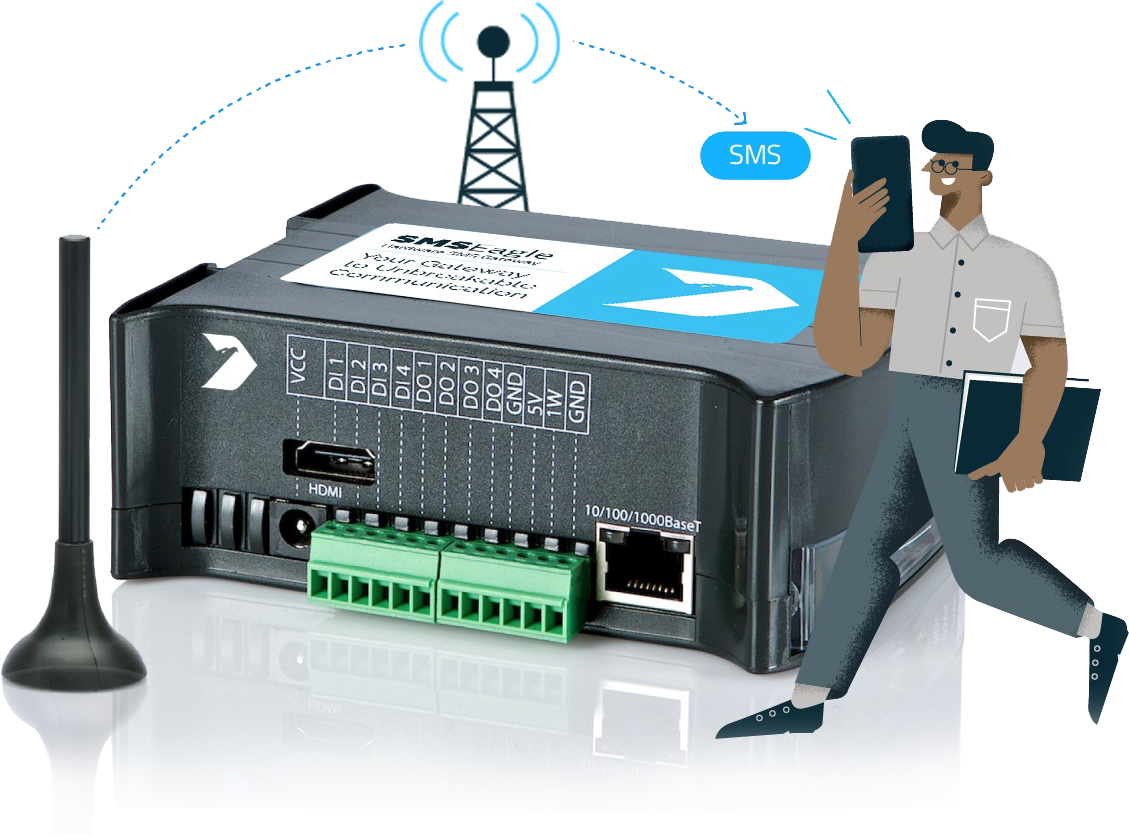
SMS gateway is a system that allows to send or receive Short Message Service (SMS) messages to and from a telecommunications network. The process involves several
steps, with an SMS gateway system enabling text messages to be sent/received to/from SMSC or IMS (special server inside a telecommunication network), which then forwards the messages to mobile phones on its network. There are two types of SMS gateways: online SMS gateway and hardware SMS gateway.
A Hardware SMS Gateway is a device that enables SMS messages to be sent directly to telecommunication carrier without 3rd party services and without the Internet. This is
achieved by using a SIM card, built-in radio modules with external antenna to communicate directly with a telecommunication operator (works similar to mobile phones). Hardware SMS gateway, also known as SMS server, integrates hardware and software for managing communication. Such device offers various methods for integration with external
systems like API, Email To SMS, etc. It is an alternative to an online SMS gateway.
What are the basic differences between
Hardware SMS Gateway and Online SMS Gateway
(service in the cloud)?
Hardware SMS Gateway
Works without Internet
Content remains within your organization
(data confidentiality)
Offers advanced software integration
and customization
Sender ID can not be changed
Two-way communication is always possible
Online SMS Gateway
Requires Internet connection
SMS content is sent over
the Internet
Does not offer advances software
integration or customization
Sender ID can be changed
Two-way communication is impossible with alteres Sender ID
What do I need to start using SMS gateway hardware?
A SMS gateway hardware device: You need to purchase a SMS gateway hardware device that meets your communication requirements.
SIM card: You need a SIM card from a mobile network provider that supports SMS messaging. The SIM card should be inserted into the hardware SMS gateway device to enable it to send and receive text messages.
How to use it?

1
Purchase SMSEagle device
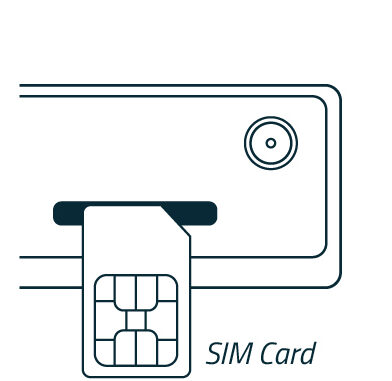
2
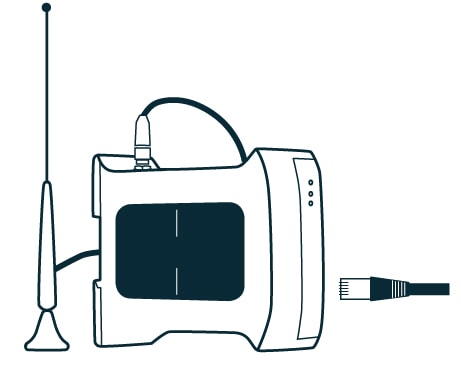
3
Connect SMSEagle to your computer network
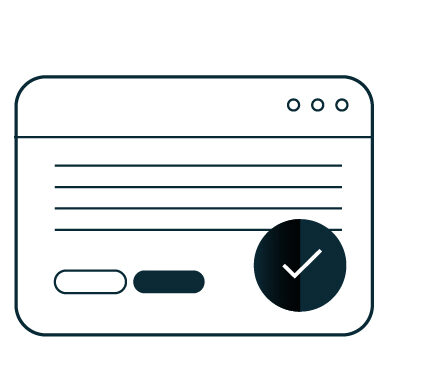
4
Access your SMSEagle from a web browser or any external system.
1
Purchase SMSEagle device
2
3
Connect SMSEagle to your computer network via LAN
4
Access your SMSEagle from a web browser or any external system without Internet.
How do I send messages using hardware SMS gateway?
Web-GUI
API
Email to SMS
With Email to SMS, users can send SMS messages from their email accounts. This use scenario is suitable for businesses that need to send text messages from their email clients, such as Outlook. Users can send messages by composing an email and sending it to a specific email address associated with the SMS gateway. The service will then convert the email to an SMS message and send it to the recipient’s phone number.
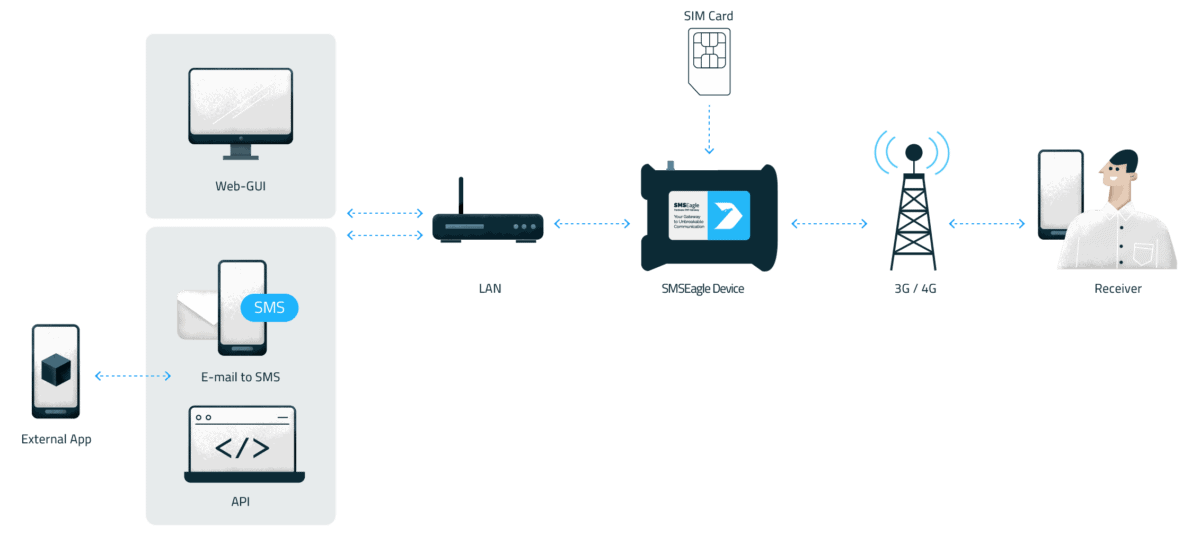

Where SMS gateway hardware can be used?
IT Professionals:
Send alerts and tokens from
IT infrastructure
Government:
Send information to employees with full data confidentiality
Building Automation:
Send immediate alerts on infrastructure failures from BMS
Factories:
Send important equipment updates to employees
Healthcare:
Remind patients about upcoming appointments
Customer Service:
Inform customers about sales, offers and order status
Schools:
Inform about closures and emergencies
Transportation:
Communicate with drivers of public and private vehicles while on the road
What is the difference between models of SMS gateway hardware?
Technology (3G/4G/5G): 3G/4G/5G are mobile network technologies used for wireless communication. The main difference between them is the speed and bandwidth they offer. 4G technology is newer and offers a greater range. 3G technology is slowly being phased out.
Modem Failover: Modem Failover is a feature that allows to switch to a backup modem in case the primary modem fails. This feature ensures continuous operation of the SMS gateway hardware and minimizes the risk of downtime or message delivery failure. With Modem Failover, businesses can ensure that their device is always operational, even if one of the modems fails.
Do you want to learn more?

Company data
SMSEagle™ brand is owned & manufactured by
Proximus Sp. z o.o.
ul. Piatkowska 163
60-650 Poznan
Poland, EU
Phone: +48 61 6713 413
Contact us
SMSEagle is a professional hardware SMS gateway for sending and receiving SMS messages. The device is designed with focus on reliability and stability. SMS messages are sent/received directly to/from cellular network without using any external 3rd party solutions. The device has a range of built-in plugins that enable additional functionalities and easy to use API for integration with external applications.
